It is February,1893. The US Marines have already landed their forces and are occupying Iolani Palace, Queen Liliuokalani’s cabinet ministers have betrayed her attempt to promulgate a new constitution, and she is being scapegoated by the colonial plantation owners as a traitor to her country. They have forced her to draft a document abdicating from the throne, but instead she has written this:
. . .to avoid any collision of armed forces and perhaps the loss of life, I do under protest and impelled by said force, yield my authority until such time as the Government of the United States, upon the facts having been presented to it, undo the actions of its representatives and reinstate me in the authority which I claim as the constituted sovereign of the Hawaiian Islands.1
In spite of the care Liliuokalani has taken to define the situation as one that is temporary and coerced by threat of violence, the Queen’s action is interpreted as abdication, and it will continue to be interpreted that way for another hundred years… but that comes later. This is still February 1883, one month after the drafting of this document…
There has just been a great gathering of kahunas, or Native shamans, in Honolulu. They have met to consider ways to restore the Queen to the throne and to recover the sovereignty of their nation. It has become clear to the spiritual leaders that the christian god of the missionaries is not on their side in this crisis. In fact, the christian god seems very much in the pocket of the sons of the missionaries, who have grown up to become greedy plantation owners.
On February 13, 1883, three women from this gathering pay a visit to the Queen. These are three of the most powerful kahuna women of Hawaii. They are coming to tell her the good news: The goddess Hiiaka, sister of the great volcano goddess Pele, has given them instructions, and if the Queen will only follow them, she will be restored to the throne.
The word for goddess or god in Hawaiian is akua, which is somewhat indeterminate. Akua can refer to forces, persons, or things—as long as they have a lot of mana, which is another indeterminate word referencing spiritual power. According to the Wikipedia, mana is “an impersonal force or quality that resides in people, animals, and inanimate objects.” Actually, this lack of specificity is part of the secret power of the Hawaiian language
Prior to colonization, the Hawaiians did not have a written language. They didn’t have currency, either, and there is a connection. Anyway, words were meant to be spoken aloud and understood in the immediate context of what was being said. The multiplicity of meanings was intended to enhance spiritual and artistic associations, not constrict them legalistically, as in written-word cultures. According to Serge Kahili King, a present-day shaman who lives on an active volcano, “What this means is that, when we hear or read stories of an entity such as Pele, the volcano goddess, we can never be certain whether the story is about the spirit of a natural phenomenon, the human ancestor of a particular family line, or both, or neither.”2
It is important to keep this in mind when considering the kahuna women’s visit to the Queen.
Hiiaka is the goddess of Hawaiian culture. She had a human girlfriend, a woman named Hopoe, who taught her the hula dance. Hopoe’s name means “one encircled as with a lei or loving arms,” and she became Hiiaka’s companion-lover. Now, the hula dance is a very sacred practice, a ritual so powerful that even a tiny misstep can result in serious consequences for both the dancer and the community. Because of this, apprentice dancers were ritually secluded and placed under the protection of Laka, one of Hiiaka’s sister goddesses.
But for Hiiaka and Hopoe, the hula was a joyous celebration of their love, to be danced in the sacred groves of their beautiful island … at least, until Hiiaka’s older sister Pele fell in love with a human chief named Lohiau and sent her younger sister on an errand to fetch him. Pele made Hiiaka promise not to seduce the chief during the journey, and, in turn, Hiiaka made Pele promise to protect the sacred groves and Hopoe in her absence. Although Hiiaka performed her errand faithfully, she was delayed on the return trip, and Pele’s jealous temper erupted, pouring lava over her sister’s sacred groves and entombing Hopoe in the molten rock. Hiiaka, with a temper of her own, tricked Pele into killing her warrior chief. Later, much later, the sisters would reconcile.
So this is the goddess who has proposed a plan for putting the Queen back on her throne and who has sent kahuna women to deliver the proposal. What was it? Here is an account, taken from Helena Allen’s excellent biography, The Betrayal of Liliuokalani:
They proposed that the three with the queen form a procession and enter Iolani Palace from the King Street gate…The three would chant their way in through the gate, up past the walk, past the guards and soldiers into the throne room… ‘we in front… the queen behind’ and ‘we will stop the mouth of the gun.’ Once inside the throne room the three would lead the queen to the throne, seat her on it and then die. ‘Perhaps!’ they said, ‘death will not come at once but it will come within a few days’ and the queen will know that the gods have accepted their sacrifice.3
And what is the Queen’s response to this bold plan? She turns them down. In fact, she writes in her diary, “I wish they hadn’t come.”
Why? Because Queen Liliuokalani is an Episcopalian. She understands that any association with the kahuna women will be construed by the foreign press as a reversion to heathenism on her part. Her enemies are eager for any “proof” to support their contention that she is a superstitious savage whose irrational leadership had necessitated their intervention on behalf of her countrymen.
Also, Queen Liliuokalani has placed all her political eggs in the diplomatic basket. Naively, she believes that the invasion of her country by the US Marines has been the result of some error in communication, or some unauthorized activity on the part of a rogue commander. She believes that President McKinley, hearing the facts of the case, will set the situation to rights. She is desperate to present a demeanor as Victorian as… well, as QueenVictoria.
Queen Liliuokalani also understands that this plan is likely to result in martyrdom, and that martyrdom of kahunas, and especially of kahuna women, will result in an armed uprising throughout the islands. As a christian and as a woman and as a ruler with a profound sense of responsibility toward her people during a time of overwhelming social and political change, she does not want her actions to be the cause of a massacre by the superior forces of the Marines.
And so the Queen sends the kahuna women home. Unfortunately, President McKinley does not do the same with the Marines, and the rest is history.
Would the goddess’s strategy have worked? I believe that it would.
A queen who is arrested or shot as she crosses the hall of her own palace and attempts to mount the steps to her own throne is clearly not a ruler who has abdicated. Had the plan been carried out, the century-long wrangling over the legal interpretation of the Queen’s statement would never have taken place. The focus would have been entirely on the atrocity, not on a document. After shooting the Queen’s escorts, the Marines would have found it difficult to claim they were only there to protect the Queen. Sensational drawings of the murders would have circled the globe, and the international community would have risen in protest over this bloody takeover of a peaceful, island nation.
Yes, it is possible that the United States would have seized the islands anyway, as it had already done with so many indigenous lands on the continent, but Hawaii was different in that it had a constitutional monarchy recognized by the heads of Europe. It had cordial diplomatic and trade relations with the US, and it was also a geographic entity surrounded by water, whose boundaries were indisputable. The lack of armed resistance was confusing to a world that had to rely on written missives, often received months after an event.
There was also a level on which this strategy could not fail: the spiritual plane. A key element of the plan had been the proposed chanting by the kahuna women as they escorted the Queen. This chanting was as sacred as the hula dance, and just as powerful. To make a mistake in wording or pronunciation was as offensive to the goddesses as a misstep in the hula, and these kahuna women were well aware of the danger of performing such a sacred ritual in the occupied palace.
The focus and concentration necessary to perform these chants would actually enable them to create sacred, Native space around the Queen as they formed their processional. No display of imperialist domination would supplant the women’s allegiance to their Native deities, and no threat of violence to their persons would distract them from carrying out their sacred trust. Their statements to the Queen made it clear that, if they died, it would be because Hiiaka had accepted their sacrifice. The Marines had no place and no power in the paradigm they were intending to generate. The outcome was guaranteed: Either the Queen would be allowed to keep her place on the throne, or the sacrifice would be accepted, in which case Hiiaka would keep her promise.
Unfortunately, the Queen did not share the kahuna women’s perspective. She had been spiritually colonized by a turn-the-other-cheek religion—one conveniently tailored to the needs of a colonial invader. She failed to understand that no amount of Western education, European etiquette, or christian churchgoing could erase the stigma of her skin color and her biological sex in the eyes of her enemies. Arguing for the legitimacy of her constitutional monarchy could not protect her resource-rich nation from the greed of the plantation owners.
Throughout her life, she continued to hope, addressing her people in her 1898 biography: “The people to whom your fathers told of the living God, and taught to call ‘Father,’ and whom the sons now seek to despoil and destroy, are crying aloud to Him in their time of trouble; and He will keep His promise, and will listen to the voices of His Hawaiian children lamenting for their homes.”4
And so Queen Liliuokalani waited for a restoration that never came. A century later, President Clinton would sign into law the Apology Resolution “to acknowledge the 100th anniversary of the January 17, 1893 overthrow of the Kingdom of Hawaii, and to offer an apology to the Native Hawaiians on behalf of the United States for the overthrow of the Kingdom of Hawaii.”5 It is an apology deemed to have no binding legal effect.
The story of Hiiaka and Pele reads like a cautionary tale that the Queen might have done well to heed. Pele’s mesmeric attraction to the male chief temporarily blinded her to her sister’s loyalty, even as the Queen’s obsession with colonial perceptions blinded her to the powerful truths being presented to her by the kahuna women of her own nation. Tragically, for a second time, Hiiaka’s sacred groves were desecrated.
[Originally published in n Trivia: Voices of Feminism,, issue 9, March 2009.]
Footnotes:
1 “Liliuokalani,” http://en.wikipedia.org/wiki/Liliuokalani
2 “Hawaiian Goddesses” by Sergi Kahili King, Aloha International http://www.huna.org/html/hawaiian_goddesses.html
3 Allen, Helena. The Betrayal of Liliuokalani:Last Queen of Hawaii. Glendale, CA: Arthur H. Clark Company, 1982, p. 199.
4 Liliuokalani, Lydia. Hawaii’s Story by Hawaii’s Queen. http://digital.library.upenn.edu/women/liliuokalani/hawaii/hawaii.html
5 “Hawaiian Independence” http://www.hawaii-nation.org/publawsum.html
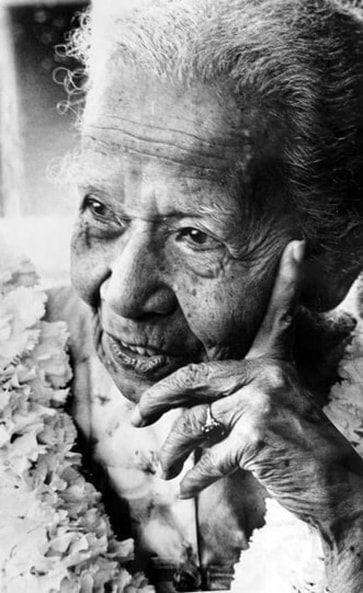
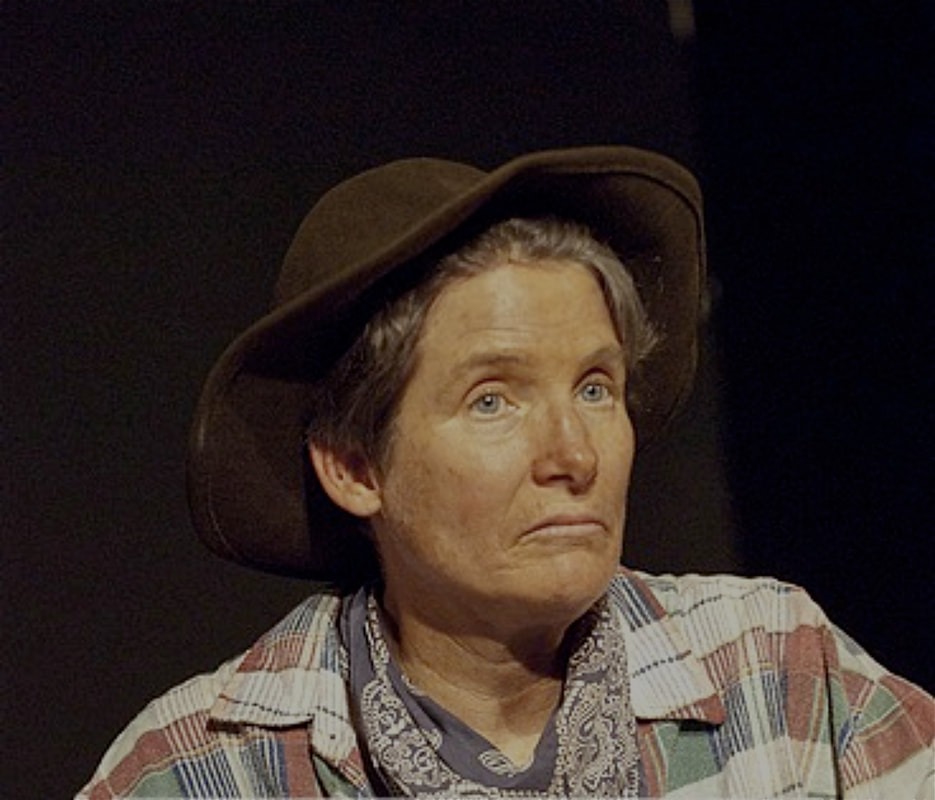
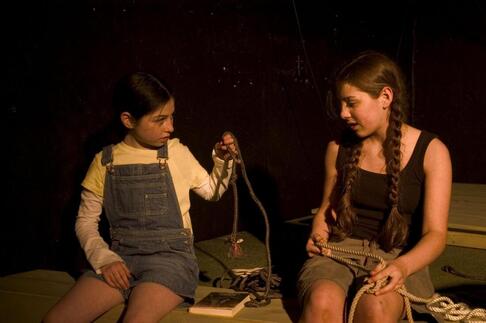
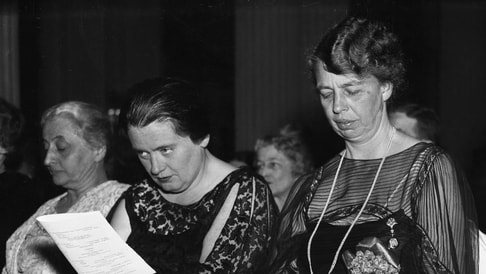
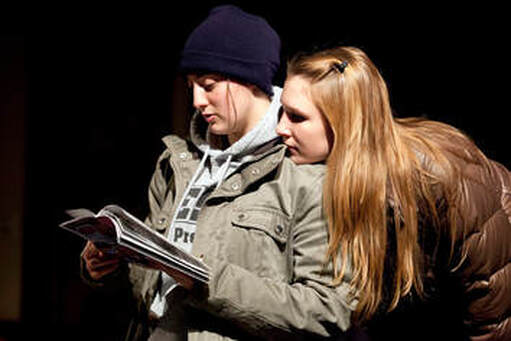
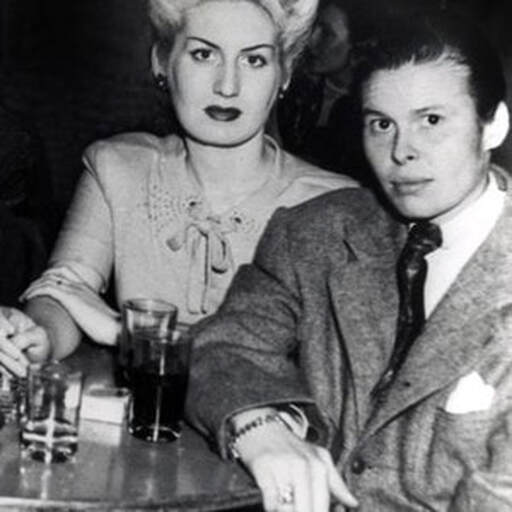
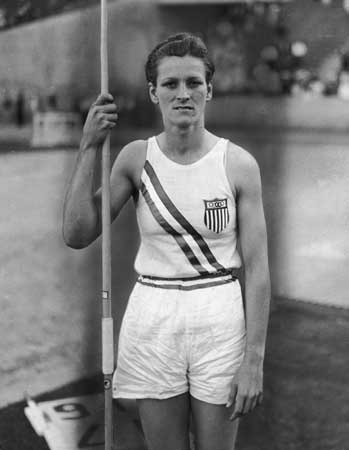
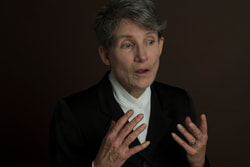
 RSS Feed
RSS Feed
